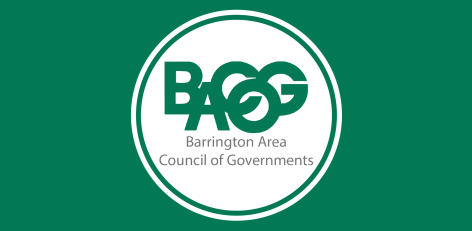Groundwater
Nearly all of the BACOG area’s water comes from groundwater wells. Of the approximately 7840 wells in the area, 7731 are private residential wells, 20 are municipal and community wells, and 89 are non-community wells such as those for irrigation or monitoring. BACOG’s groundwater program seeks to study, map, monitor and protect the groundwater we rely upon.
BACOG has been working to determine the quantity, quality, vulnerability, and sustainability of our areas water supply since 2001. This information will be vital to help us to protect our drinking water from contamination or running out as populations and development increase in and around us.
Nearly all residents in THE BACOG AREA
rely on wells in the shallow aquifer system
There has been a marked increase in high-density development in the past few decades both within and particularly around the BACOG area. The resultant increased withdrawals are competing for groundwater resources.
In the BACOG area, most wells are private with only three of the nine members (Barrington, Deer Park and Tower Lakes) having infrastructure to distribute a municipal water supply. Lake Michigan water is not currently economically viable and river water is not an option. Deep aquifer water is possibly available, but has issues with quality, is expensive to access, and lack of infrastructure would make it nearly impossible to distribute this water to most BACOG residents.
In addition to supplying water to wells, groundwater can also provide base flow to streams, wetlands, and other water bodies, directly affecting the ecology of these resources. The BACOG area has groundwater dependent natural areas such as fens and wetlands that rely on discharge from the shallow aquifers as a source of water. Animal and plant communities in these areas could be altered by a drop in groundwater levels and contamination.
Groundwater in the Shallow Aquifer System is
replenished or “recharged” locally
Salt is a groundwater contaminant and its level (which is measured as chloride) is continuing to increase. Water softening salt can be a significant source of chloride to water resources in areas with dense septic systems. While data is not available solely for the BACOG area, it is probably the second more important source of chloride to groundwater in the BACOG area after road salt, which is by far the dominant source.
BACOG communities also are concerned about contamination risks from wastewater, chemicals, hazmat spills and even domestic dumping. It is important to understand the areas where water is replenished or “recharged” so that those areas can be protected from contamination. BACOG developed a map of groundwater recharge areas that is shown under the “Groundwater Programs” tab.

